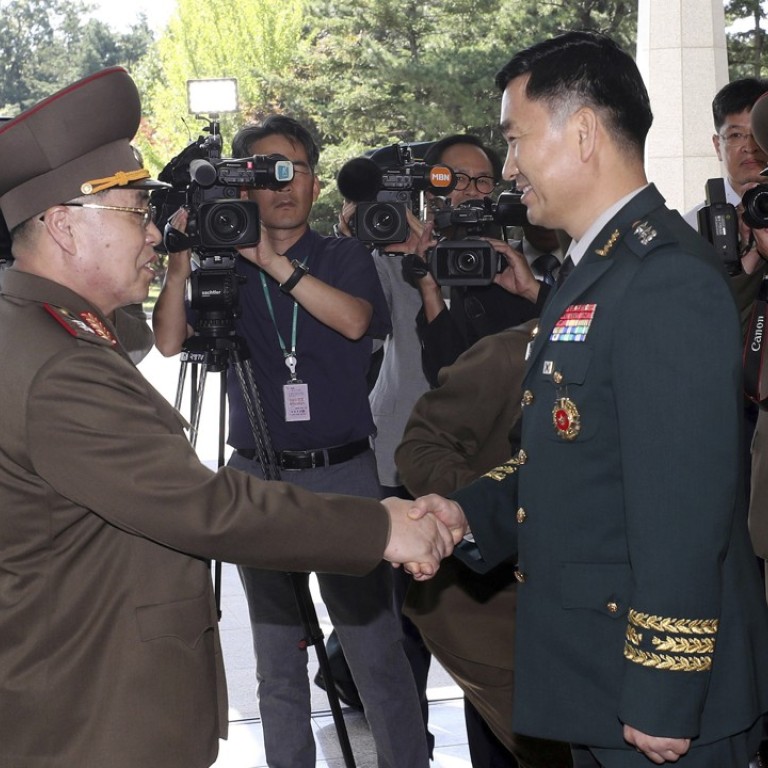
US detects ‘activity’ at missile factory in North, as two Koreas hold military talks
The complex outside at Sanumdong produced Pyongyang’s first missiles capable of reaching the United States
North and South Korea held military talks to build trust on Tuesday, while the United States detected renewed activity at a North Korean missile factory.
The meeting, their second since June, held in the border village of Panmunjom in the demilitarised zone (DMZ), was designed to follow on from an inter-Korean summit in April at which leaders of the two Koreas agreed to defuse tensions and halt “all hostile acts”.
North Korean leader Kim Jong-un also vowed during his separate summit with US President Donald Trump in Singapore in June to work towards denuclearisation, but there has not been a concrete agreement to accomplish that goal.
Kim Do-gyun, the South’s chief negotiator who is in charge of North Korea policy at the defence ministry, told reporters before leaving for the DMZ that he would make efforts to craft “substantive” measures to ease tensions and build trust.
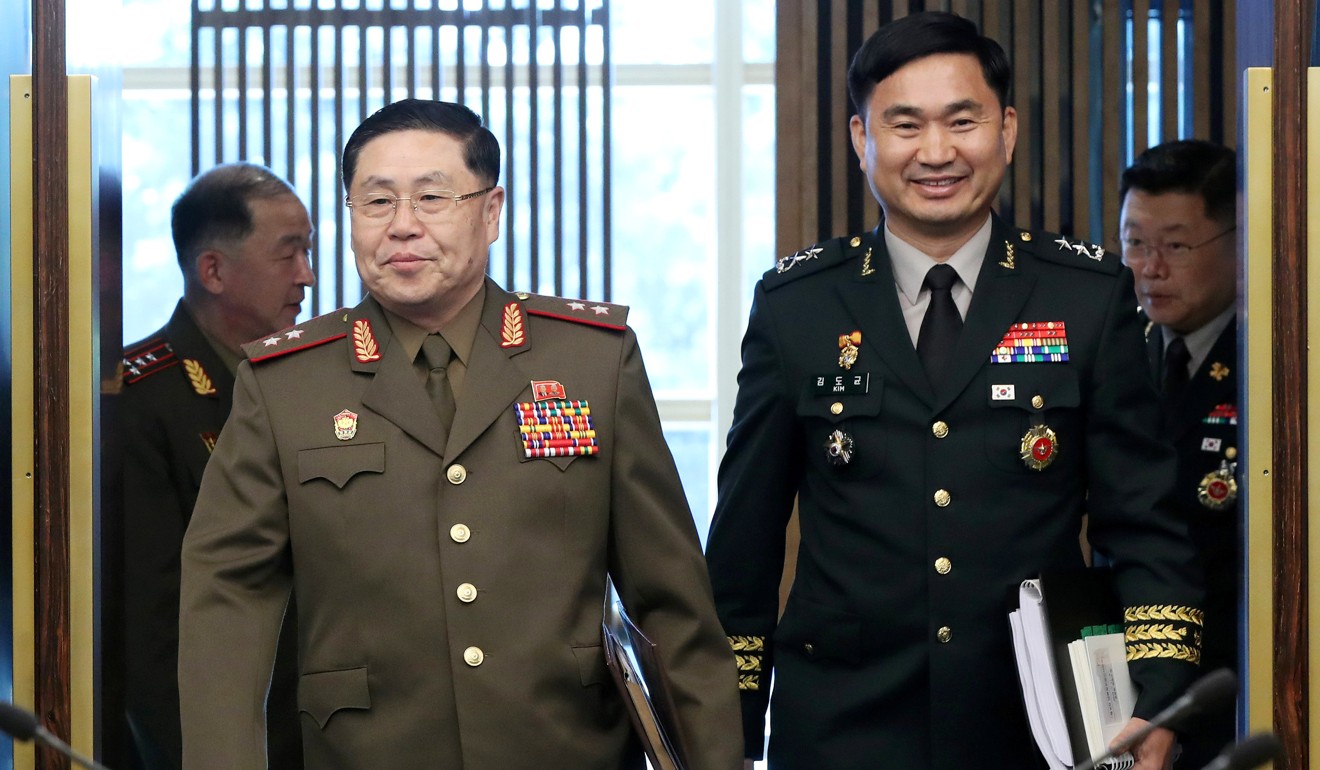
The two sides are expected to discuss a possible cut in firearms and personnel stationed at the DMZ, as well as a joint excavation of the remains of soldiers killed in the 1950-53 Korean war.
South Korea’s defence ministry said last week it plans to reduce guard posts and equipment along the heavily fortified border as an initial step to implement the agreement.
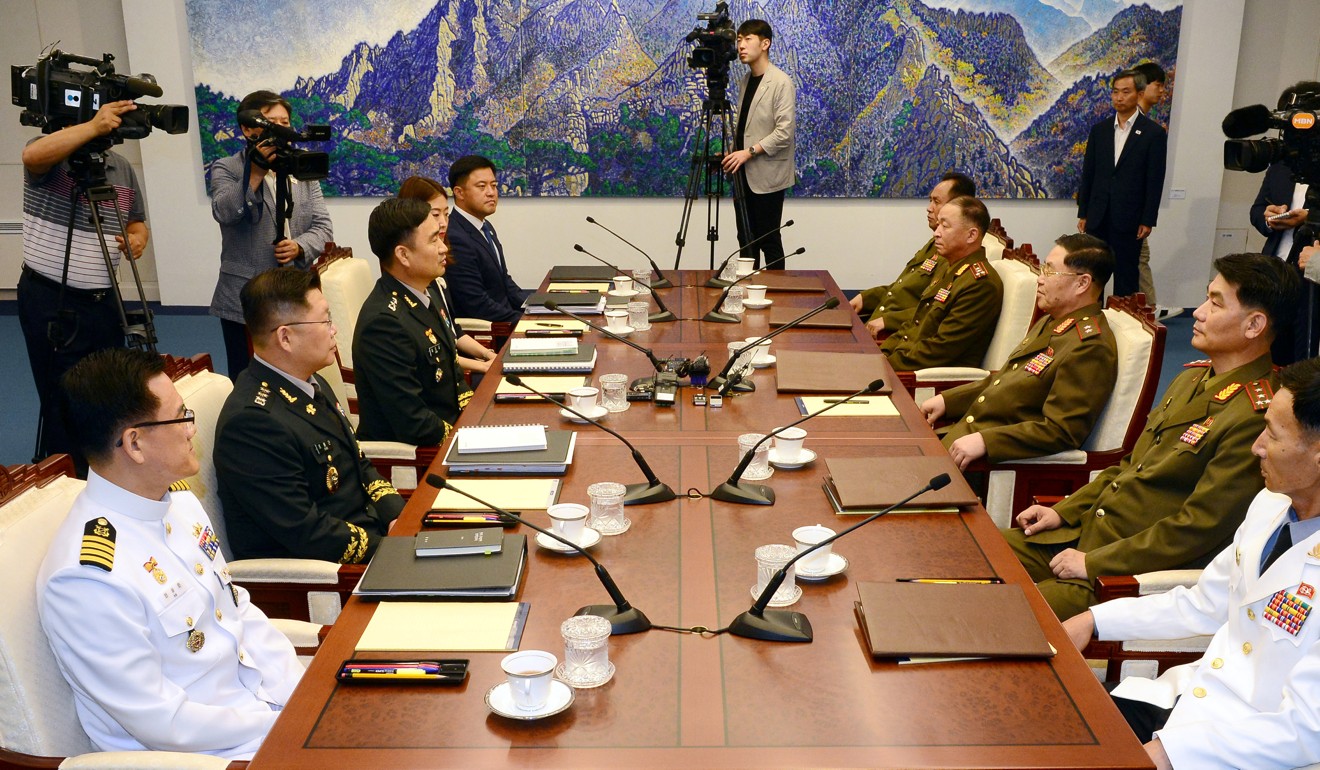
Ahn Ik-san, the general leading the North Korean delegation at the military talks, noted South Korean news reports suggesting that he might try to persuade the South to push for a Joint Declaration with the US to formally end the war.
“Before determining whether it is true or not, I realised the people of the North and South regard our talks as important,” Ahn said at the start of the meeting. “And it also emphasised the sense of duty of the times and the role given to the military in the efforts of the North and South for peace and prosperity.”
The Korean war ended in an armistice, not a peace treaty, leaving the US-led United Nations forces including South Korea technically still at war with the North.
Pyongyang sees an official end to war as crucial to lowering tensions. It accused US Secretary of State Mike Pompeo of making a “gangster-like” demand for denuclearisation during his visit to Pyongyang earlier in July, while rejecting its wish to discuss declaring an end to the conflict.
The US State Department has said it is committed to building a peace mechanism in place of the armistice when the North denuclearises.
Chinese State Councillor Yang Jiechi travelled to South Korea “not long ago” and held talks with Chung Eui-yong, Director of the National Security Office, Foreign Ministry spokesman Geng Shuang told a regular news briefing on Tuesday.
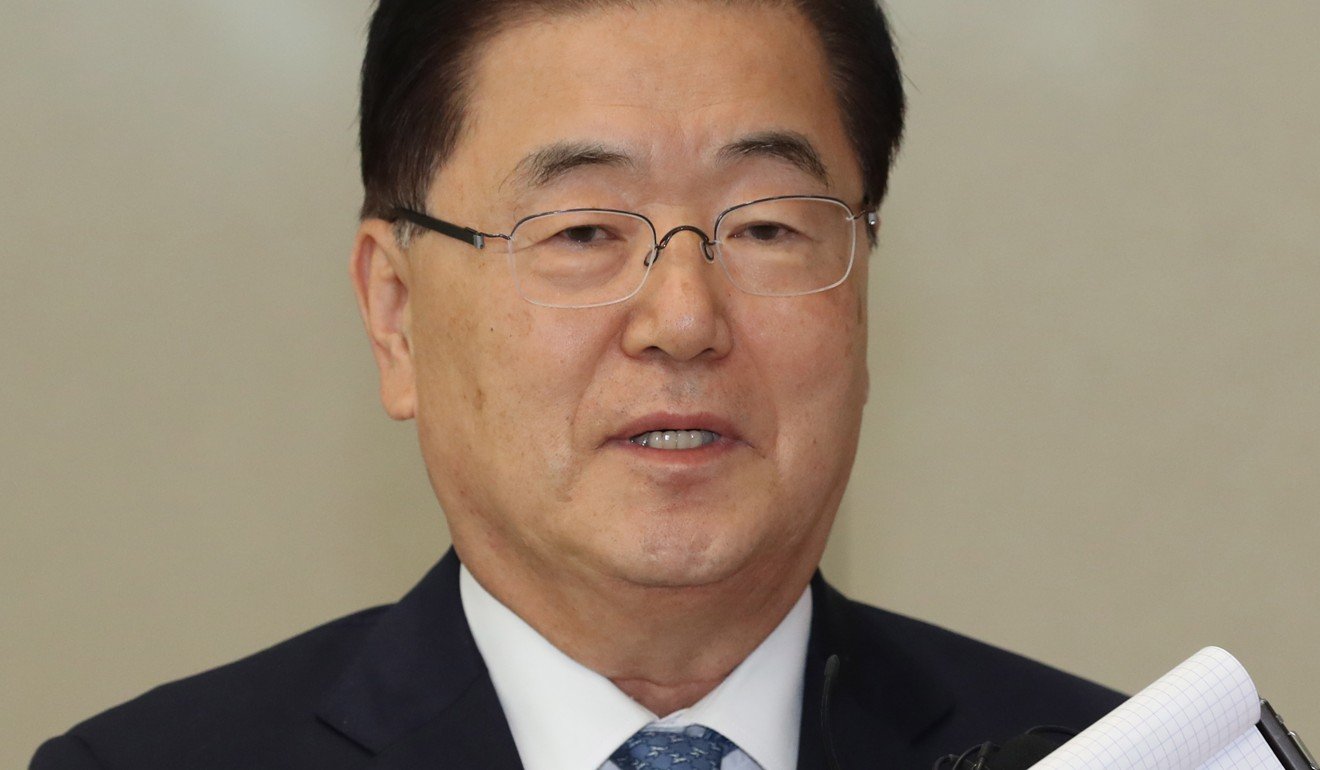
The two discussed various bilateral issues, officials said, but neither Beijing nor Seoul confirmed whether they discussed a declaration ending the war.
A senior official at South Korea’s presidential Blue House said Seoul is open to China’s involvement in any peace agreement, but said no decisions had been made.

On Monday, a senior US official said American spy satellites detected renewed activity at the North Korean factory that produced the country’s first long-range missiles capable of reaching the mainland US.

Pompeo said last week that North Korea was still producing fuel for nuclear bombs.
Trump declared soon after his summit with Kim that North Korea no longer posed nuclear threats, but Pyongyang has offered no details on its plan to denuclearise and subsequent talks have not gone smoothly.
The North’s state media has in recent days chastised the South for failing to move more swiftly to improve inter-Korean relations while paying too much heed to Washington.
The Rodong Sinmun, North Korea’s official party newspaper, on Tuesday accused Seoul of “wasting time” waiting for sanctions to be lifted only after denuclearisation is completed, without “taking a single action” on its own.
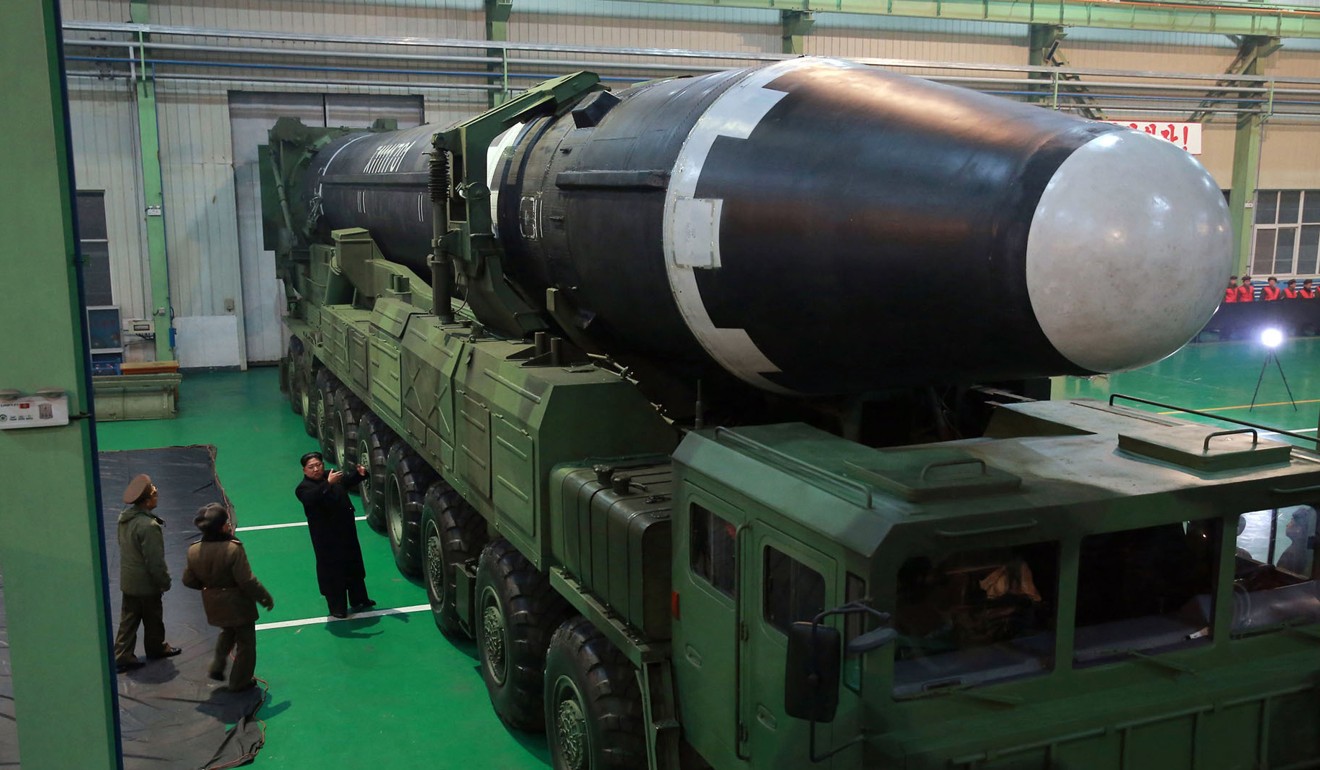
It called for steps to facilitate a restart of previously jointly-run but now closed programmes, such as the Kaesong Industrial Complex and tours to the North’s Mount Kumgang resort.
Seoul has said those projects can be resumed when there is progress on Pyongyang’s denuclearisation and sanctions are eased.
North Korea’s propaganda website Uriminjokkiri also criticised South Korea for its stance of keeping sanctions, saying “sanctions and conversation cannot exist side by side”.

